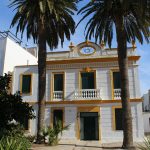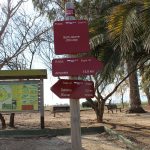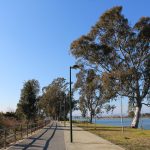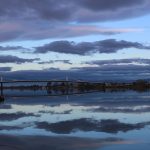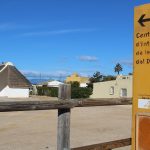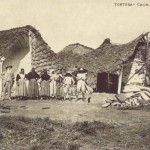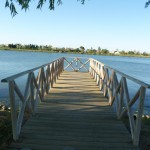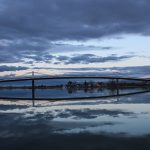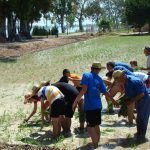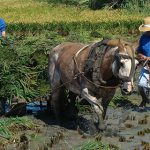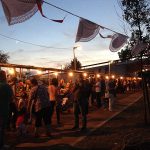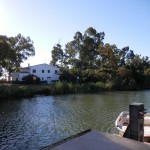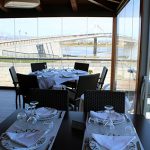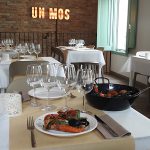The village stretches wide and low along the banks of the river Ebro. Whether you come from Amposta or from the Lo Passador bridge, the main street crosses it from north to south. This street barely fifty years ago was dusty earth and was surrounded by houses with roofs and small doors. Today it is the main axis of the population, where the majority of shops and restaurants meet. It is the street of the church, where they celebrate the festivals, the processions in Easter and the floats of Carnival … Sant Jaume has about 3,600 inhabitants, the river lick its orchards and is surrounded by rice fields. The beaches are no more than ten minutes from the town, beaches of large sands and calm, Mediterranean waters, which the birds tread at dawn and the laughter and races of the children the rest of the day, at night is the heritage of the crabs and the moon.
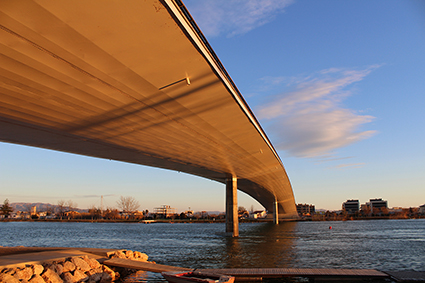
Les Barraques Interpretation Centre. If you want to know how the inhabitants of the Delta lived more than fifty years ago, you have to visit this centre where you can see how they were and what use these rural and traditional constructions of this land had.
Major Festivals. They are celebrated in Sant Jaume, of course. During one week the village changes completely. Animation, people in the street and a lot of partying. There is a bullring on the outskirts, although you can also see “corrrebous” in the main streets. Parades of floats and night dances are part of the programme of festivities.
The river. Sant Jaume celebrates the festival “Som Riu” coinciding with the anniversary of the inauguration of Lo Passador at the beginning of October with craft stalls and gastronomic products, rowing demonstrations and music. From the pier the boats set sail towards the mouth, an interesting walk to discover the vegetation of the bank and feel the navigation by the calm waters of the Ebro. Water sports are also practiced.
River Walk. From Amposta to the island of Buda, it is a well signposted path and very pleasant to walk or cycle along. The stretch between Sant Jaume and Buda is 8.7 kilometres long. The path starts on an asphalt track and the last 7 kilometres are on a dirt track. There are benches, some picnic areas, as well as information panels on the fauna and flora of the area. When you get to Buda Island you have to go back.
Eating in Sant Jaume. The gastronomy of the Delta stands out for its quality and variety. The rice dishes, fish dishes, seafood and game are spectacular thanks to the raw material but also to the culinary tradition of these lands. You can try this excellent cuisine in several restaurants in the municipality. Find out more at enjoyingdelta.com
Shops. In the village you can buy everything: vegetables, fresh fish, traditional sweets, rice and other autochthonous products.
The beaches. La Platjola, el Serrallo and Mitjorn are the three beaches in the municipality of Sant Jaume. The first two have no service, are wild and solitary, Migjorn has a beach bar and is located near the mouth, opposite the island of Buda.
Buda Island. It belongs to the municipality of Sant Jaume. It covers more than a thousand hectares and is about five kilometres long. It is the largest island in Catalonia. Its entrance is restricted to preserve its natural wealth.
Sant Jaume was the territory of Tortosa, as was the entire Ebro Delta, until 1978, when segregation was achieved. They celebrate it every year for San Juan with dances and bulls. Within the municipal district of Sany Jaume was the old port of Tortosa called Port Fangós (muddy port) which was rendered useless in the mid-14th century due to the mud that accumulated and made it impracticable.
The village has all the necessary services.

